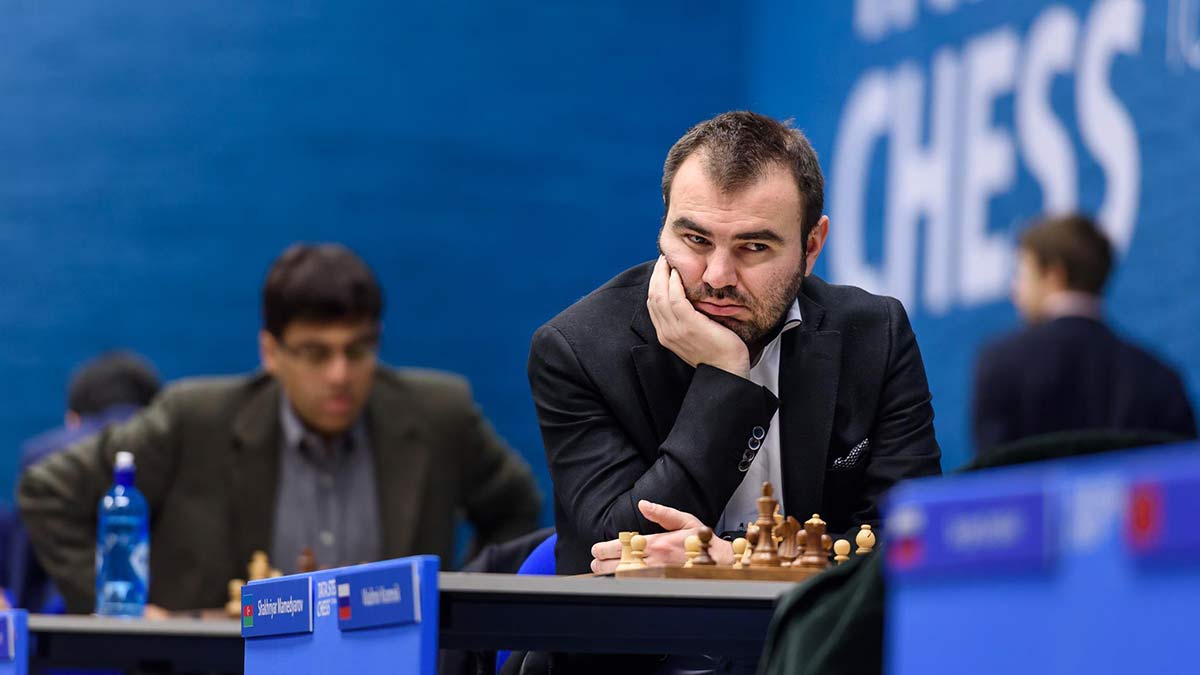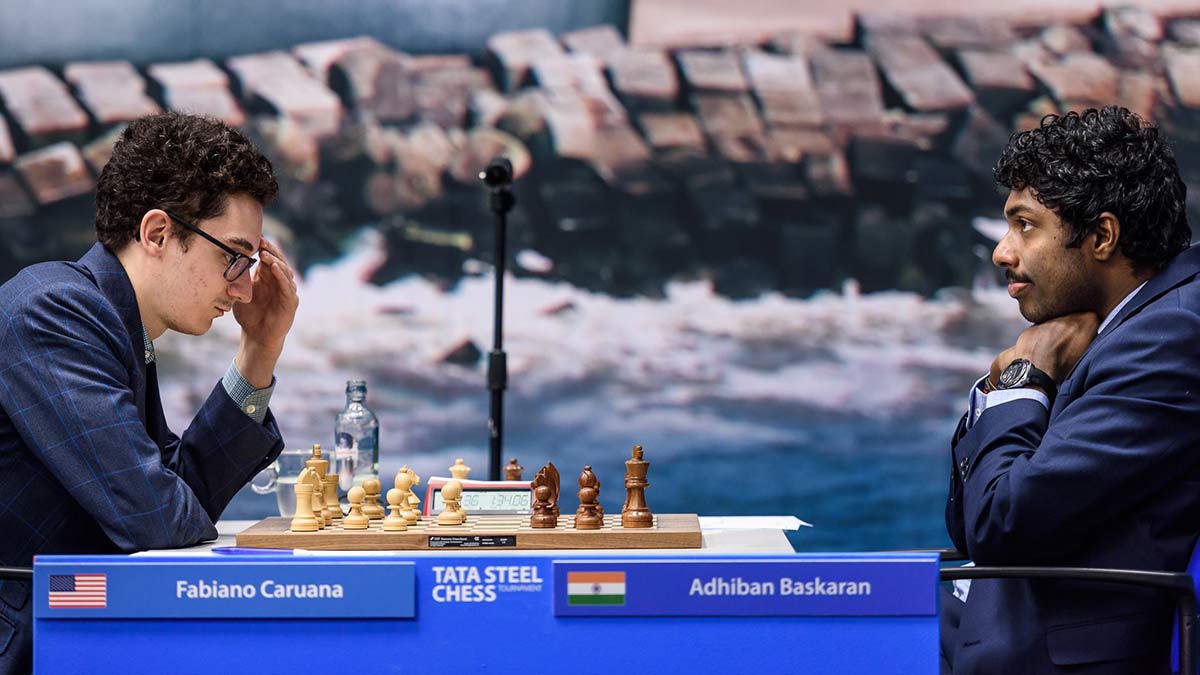


Chess News







A very big win with black from the Dutch number one, who beat the Wijk rookie Maxim Matlakov, which gets Giri back into the top ten in the world in the live rankings. Giri has been playing in the Masters tournament every year since 2011.
Meeting Anish Giri | Tata Steel Chess on YouTube
On the rest day evening, the players attended a gala dinner with managers of Tata Steel, the tournament sponsor. Anish took the opportunity that presented itself to troll World Champion Magnus Carlsen:
Having a good time with the TataSteel managers at the management evening. One person left without getting his dessert. Blunder or a sacrifice? #TataSteelChess pic.twitter.com/SrWqRX2RcO
— Anish Giri (@anishgiri) January 22, 2018
That's of course a reference to Carlsen's game on Sunday with Gawain Jones, when Magnus blundered a bishop, but still won the game.
But Magnus returned the favour! Touche!
Banter or obsession? That's the real question https://t.co/bFUuToXfBH
— Magnus Carlsen (@MagnusCarlsen) January 22, 2018
On paper, Giri had the easiest pairing of the three tournament leaders. Carlsen had black against Anand, and Mamedyarov had to contend with Kramnik. Giri, while black, faced the Maxim Matlakov who has been in the middle of the pack throughout the tournament.
According to GM Fernandez, "Giri rolled the dice a few times in today's game", but it was ultimately a sudden blunder from Matlakov that gave him the point, seemingly out of nowhere.
The opening battle was very interesting, thanks to Anish's willingness to take risks, but both sides missed some very instructive tactics.
Giri: "The pressure is on Magnus Carlsen because of my obsessions." | Tata Steel Chess on YouTube
There was an interesting near-new opening idea in the Breyer demonstrated by Magnus Carlsen. To compensate somewhat for the lack of interest in the game itself (White steered it in quite safe fashion to a draw) I have copied quite extensively from my own opening notes on the Breyer.
Carlsen: | Tata Steel Chess on YouTube
Next, we see Wesley So mixing up his opening choice a bit, with a flank-type d4 construction of a sort quite familiar to this author. He gets an edge, but as seems to be a recurring pattern in this tournament, the bishop-for-knight imbalance neutralises and ultimately threatens to flip over Wesley's advantage, so he hastily agrees a draw.
A line which is familiar to me from the game Anton-Howell from last year was repeated with minor modifications in the next game. Black played against the Italian with an early ...d5 and then offered a gambit, which was sensibly declined. Some minor wrinkles aside, the game was never going anywhere other than a draw.

Mamedyarov has lost the lead and has tough pairings in the final rounds | Photo: Alina l'Ami © 2018 Tata Steel
Entering now the realm of the slightly more eventful games, Sergey Karjakin had some quite reasonable chances to press in various long endgames, after showing a new concept in the Catalan. Nevertheless after a few patient moves from his opponent he was unable to come up with enough new ideas and soon began repeating, despite the latent chances still in the position.
Caruana goes for a similar approach to the one he took against Gawain Jones. Like in that game, he has his fair share of chances in this one, but ultimately does not manage to make use of them. Meanwhile, Black's opening concept was good, so the quality of play required to neutralise the tricks and reach a safe stable plus should not be underestimated.

Caruana has righted the ship after his horrendous start | Photo: Alina l'Ami © 2018 Tata Steel
In a topical Catalan Hou Yifan played an interesting idea, which is either misguided preparation or divinely inspired psychology: go material down against Jones, to raise echoes of the previous day, and also because he might play worse when dealing with nebulous and ill-defined compensation. The English star was quite close to being handed a second successive defeat.

Guess who? | Photo: Alina l'Ami © 2018 Tata Steel
Commentary by WIM Fiona Steil-Antoni and GM Eric Hansen| Tata Steel Chess YouTube
Tomorrow the tournament moves to its second "on tour" location in the northeastern town of Groningen.
We are almost ready for #TataSteelChess Chess on Tour at @univgroningen tomorrow! 2pm we open at the Academy building. See you there! pic.twitter.com/xLpabTwkCA
— Tata Steel Chess (@tatasteelchess) January 23, 2018
Vidit and Korobov have a 1½ point lead going into the final four rounds. Their impending match up in round eleven is shaping up to be critical.
Standings after nine rounds